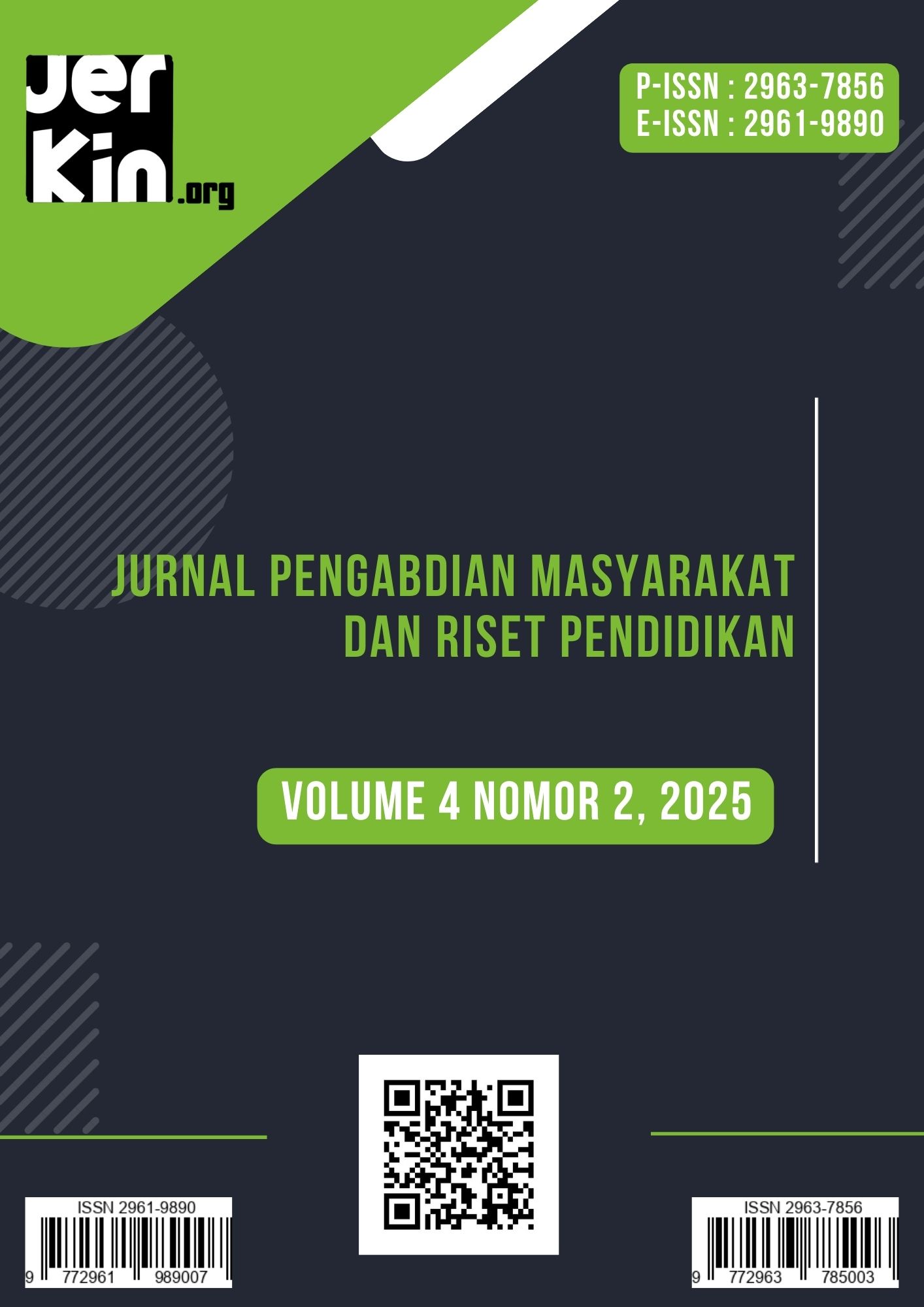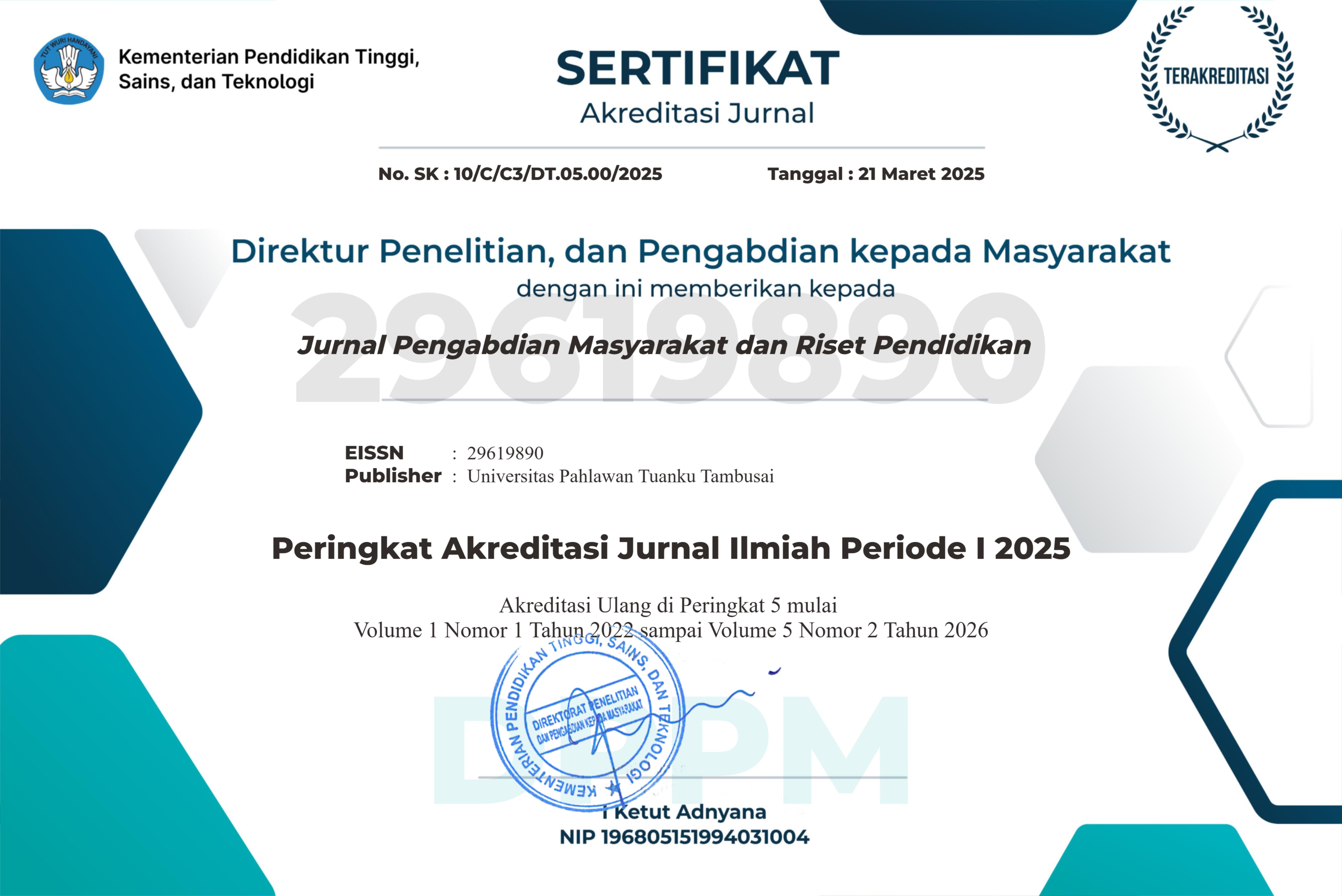Analisis Bentuk Desain Organisasi pada Sektor Bisnis, Pemerintahan, dan Pendidikan
Penelitian
DOI:
https://doi.org/10.31004/jerkin.v4i2.3314Keywords:
Organizational Design Forms, Business Sector, Government, EducationAbstract
This study aims to identify the forms of organizational design applied, analyze their relevance to the needs and challenges of each institution, and provide recommendations for improvements based on theory and practice. This study uses a qualitative method with a descriptive-analytical approach. Data were obtained from scientific literature from the last 5 years (2020–2025), field studies, and previous research results relevant to organizational design, the business, government, and education sectors. The analysis was conducted by mapping influential internal and external factors, then linking them to contemporary organizational design theory. Based on the research results, it can be concluded that XL Axiata adopts a hybrid functional-divisional structure that supports operational scale and technical capabilities, but faces challenges of functional silos and cross-unit coordination in the digital era. The Secretariat General of the National Human Rights Commission (Komnas HAM) applies a functional bureaucratic structure appropriate for government organizations with the need for accountability and administrative efficiency. SMA Muhammadiyah 3 Jakarta has a collaborative hierarchical structure that supports the management of Islamic values-based education and adaptation to the independent curriculum.
References
Robbins, S.P., C Coulter, M. (2018). Management. Pearson Education.
Mintzberg, H. (1979). The Structuring of Organizations. Prentice-Hall.
Daft, R.L. (2016). Organization Theory and Design. Cengage Learning.
Arifin, Z. (2021). Meningkatkan Kualitas Pendidikan melalui Manajemen Berbasis Sekolah. Jurnal Administrasi Pendidikan, 9(2), 45–58. Diakses dari https://ijam- edu.ppj.unp.ac.id/index.php/ijam/article/download/122/33/336
Suryani, D., C Hidayat, R. (2022). Indikator Keberhasilan dalam Evaluasi Program Pendidikan. Jurnal Educendikia, 7(1), 12–25. Diakses dari https://itscience.org/jurnal/index.php/educendikia/article/download/5049/3842/23159
Wulandari, A., C Prasetyo, T. (2023). Implementasi Sistem Penjaminan Mutu Internal pada Sekolah Menengah. Jurnal SHES, 5(3), 88–102. Diakses dari https://jurnal.uns.ac.id/SHES/article/download/94118/47214
Kementerian Pendidikan dan Kebudayaan Republik Indonesia. (2020). Panduan Implementasi Kurikulum Merdeka. Jakarta: Kemendikbud.
Majelis Pendidikan Dasar dan Menengah Muhammadiyah. (2019). Pedoman Pengelolaan Sekolah Muhammadiyah. Yogyakarta: PP Muhammadiyah.
Peraturan Sekretaris Jenderal Komnas HAM No. 19 Tahun 2020 tentang Organisasi dan Tata Kerja Setjen Komnas HAM jdih.komnasham.go.id
Peraturan Komnas HAM No. 5 Tahun 2020 tentang Tata Tertib Sidang Pleno JDIH BPK RI
LAN – Membangun Institusi HAM Berkelas Dunia Melalui
Downloads
Published
How to Cite
Issue
Section
License
Copyright (c) 2025 Pungky Andriatama, Marcelina Ayu Vandini, Lidiya, Rony Edward Utama

This work is licensed under a Creative Commons Attribution-ShareAlike 4.0 International License.















